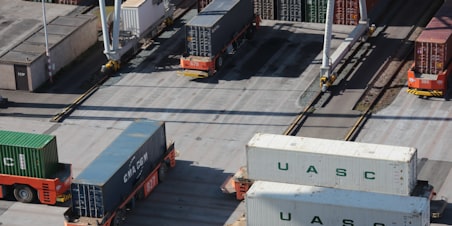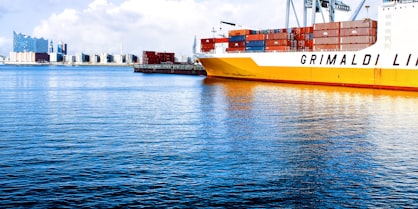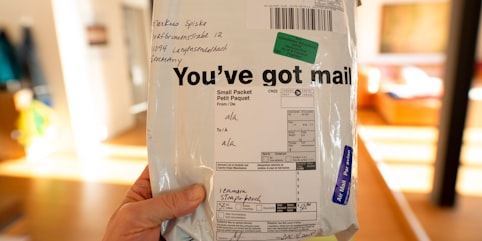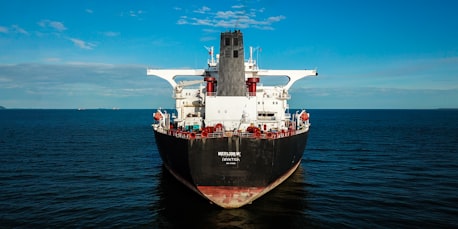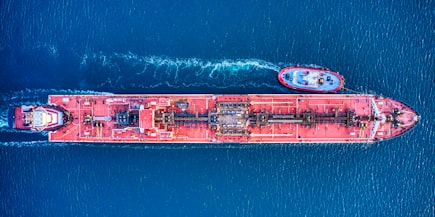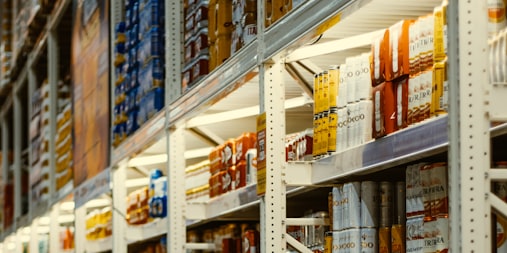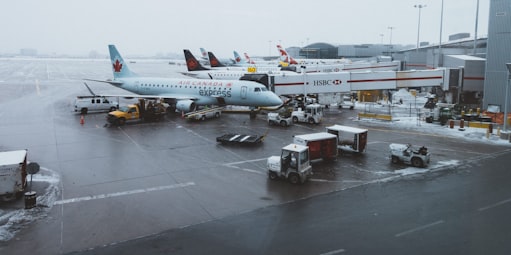
Underage truck drivers would be exempted from restrictions that prohibit them from moving containers to and from marine terminals as proposed in a Republican-backed bill reintroduced in the new Congress.
The Ceasing Age-Based (CAB) Trucking Restrictions Act was introduced this week by U.S. Rep. Brian Mast, R-Fla., with 19 co-sponsors, all Republican. It is identical to a bill Mast introduced in late 2021, the Supplying America Needs Truckers Aged 18 (SANTA) Act, which garnered 21 co-sponsors...
https://www.freightwaves.com/news/headline-trucker-age-exemption-bill-reintroduced-in-new-congress

